Hair transplantation is a transformative procedure that requires patience, as the results develop gradually over several months. Understanding the timeline of hair growth after the procedure helps set realistic expectations. This guide outlines the month-by-month progress, detailing what to expect at each stage of the journey.
First Two Weeks: Healing and Shedding
Immediately after the procedure of Hair Transplant in Dubai (زراعة الشعر في دبي | عيادة الشعر), the scalp may experience mild swelling, redness, and scabbing. These are natural reactions as the body heals. Around the second week, patients might notice shock loss, where transplanted hairs shed. This is a normal phase, as the hair follicles enter a temporary resting stage before regrowth begins. Proper scalp care, as advised by the specialist, is essential during this period to ensure a smooth recovery.
One to Three Months: Dormant Phase
Between the first and third months, the scalp continues healing, but there may not be visible hair growth. This phase is known as the dormant phase, where the transplanted follicles remain inactive before producing new hair. Some patients may experience mild itching or sensitivity, which gradually subsides. At this stage, it is crucial to be patient and follow a healthy diet and lifestyle to support follicle health.
Four to Six Months: Initial Growth
From the fourth month onward, early signs of hair growth start becoming visible. The new hair strands may appear thin, soft, and uneven in texture. By the sixth month, more noticeable coverage develops, and the hair begins to thicken. While the growth rate varies from person to person, many individuals observe a significant improvement in density and texture at this point. Regular scalp massages and gentle hair care routines can promote better growth.
Seven to Nine Months: Noticeable Changes
During this period, the new hair becomes stronger, thicker, and more natural-looking. The coverage improves, and any initial unevenness starts to blend well with the existing hair. By the ninth month, the results are more defined and fuller, and most individuals feel confident about their transformation. The texture of the new hair becomes more consistent with the natural hair, allowing for styling options.
Ten to Twelve Months: Full Results
By the tenth month, the majority of the transplanted hair has grown, filling in the scalp for a more balanced look. The density improves further, and any minor irregularities in hair growth continue to correct themselves. By the twelfth month, the final results are typically visible, showcasing a natural and permanent outcome. Hair can now be treated, cut, and styled just like the rest of the scalp’s natural hair.
Beyond One Year: Long-Term Maintenance
After one year, the transplanted hair continues to mature and may still show minor improvements in texture and thickness. Maintaining healthy hair through proper care, nutrition, and mild hair products ensures long-lasting results. Regular scalp care and protection from excessive heat or harsh chemicals further contribute to maintaining strong and healthy hair over time.
Post-Transplant Care: Ensuring Optimal Growth
Proper aftercare is essential to support the newly transplanted hair follicles. In the initial weeks, it is important to avoid excessive touching, scratching, or rubbing the scalp to prevent damage. Gentle washing with a mild shampoo, as advised by the specialist, helps keep the area clean without irritating the follicles. Sleeping with the head elevated during the first few nights can also minimize swelling and discomfort.
To promote healthy regrowth, scalp hydration and avoiding direct sunlight exposure in the early months are highly recommended. Wearing a loose hat when going outdoors can protect the healing scalp. Additionally, refraining from strenuous exercise for at least two weeks helps prevent excessive sweating, which can affect healing.
The Role of Diet and Lifestyle in Hair Growth:
A nutrient-rich diet plays a crucial role in supporting hair growth after a transplant. Consuming foods rich in vitamins such as biotin, vitamin D, iron, and omega-3 fatty acids can enhance hair strength and density. Drinking plenty of water and reducing caffeine intake also contribute to a healthy scalp environment.
Smoking and excessive alcohol consumption can negatively impact blood circulation, slowing down the healing process. Therefore, avoiding tobacco and limiting alcohol intake during the recovery phase can significantly improve results. Regular physical activity, stress management, and adequate sleep further enhance overall scalp health, promoting strong and healthy hair regrowth.
Common Concerns and How to Address Them:
Some individuals may experience concerns such as uneven growth, temporary redness, or mild irritation in the months following a hair transplant. These are generally part of the natural healing process and improve with time. If any excessive itching or persistent redness occurs, using a soothing, specialist-approved moisturizer or serum can help alleviate discomfort.
It is also normal for new hair to appear finer or lighter in color initially. Over time, the hair thickens and blends seamlessly with the existing strands. If any areas appear to be growing at a slower pace, patience is key, as each follicle follows its own growth cycle. Regular follow-ups with a specialist ensure that progress is on track and provide reassurance throughout the process.
Long-Term Hair Care and Maintenance:
Once the full results have developed, maintaining a consistent hair care routine is essential to preserving healthy and natural-looking hair. Using gentle, sulfate-free shampoos and conditioners helps protect hair from dryness and breakage. Occasional scalp massages with natural oils, such as coconut or argan oil, can improve circulation and nourish the follicles.
For those who previously experienced progressive hair loss, ongoing maintenance treatments such as minoxidil or PRP (platelet-rich plasma) therapy may be recommended to strengthen existing hair and prevent future thinning. Consulting with a specialist about long-term care ensures the best strategies for maintaining hair density and scalp health.
Final Thoughts:
A Hair Transplant in Dubai (زراعة الشعر| عيادة الشعر) is a gradual but highly rewarding process that restores confidence and enhances appearance. While patience is required during the recovery phase, the long-term results are often permanent and natural-looking. Understanding the timeline, maintaining a healthy lifestyle, and following proper hair care practices are key to achieving the best possible outcome.
With time, the new hair will become indistinguishable from the natural strands, allowing individuals to style and treat their hair as desired. By following the right steps and managing expectations, the transformation can be a truly life-changing experience.

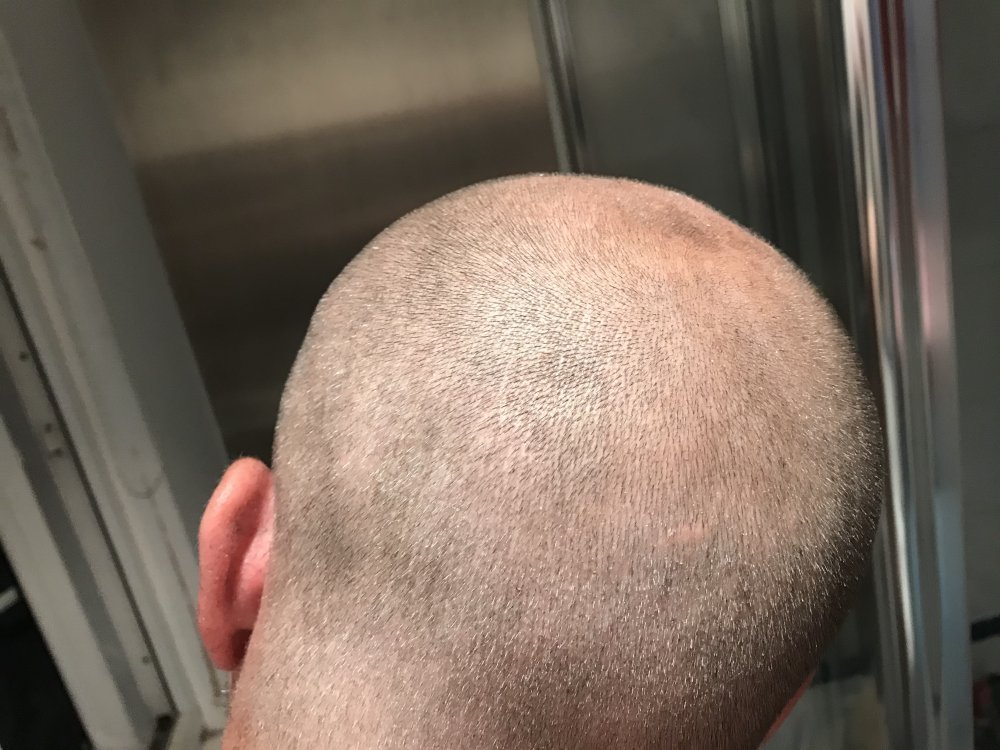
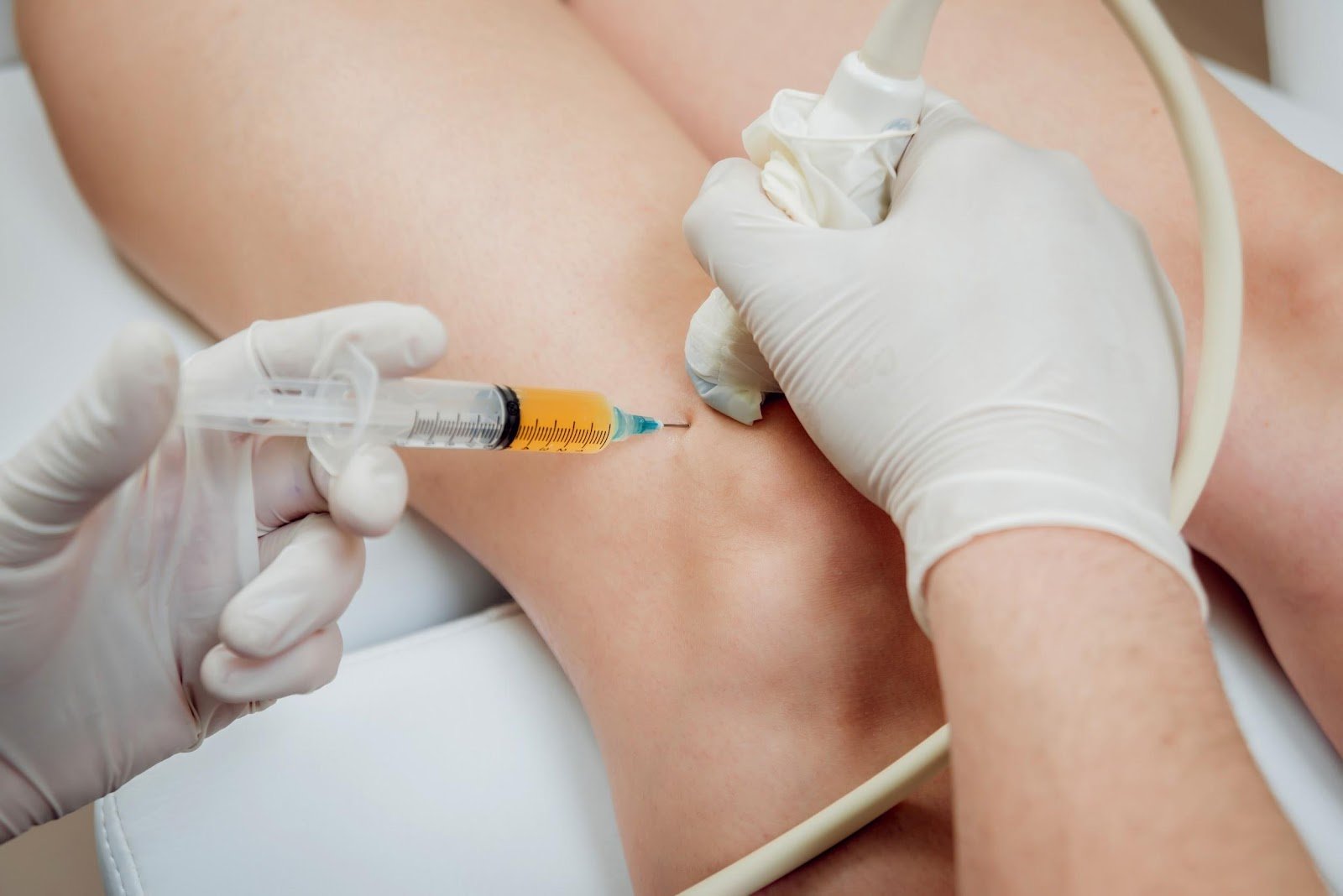
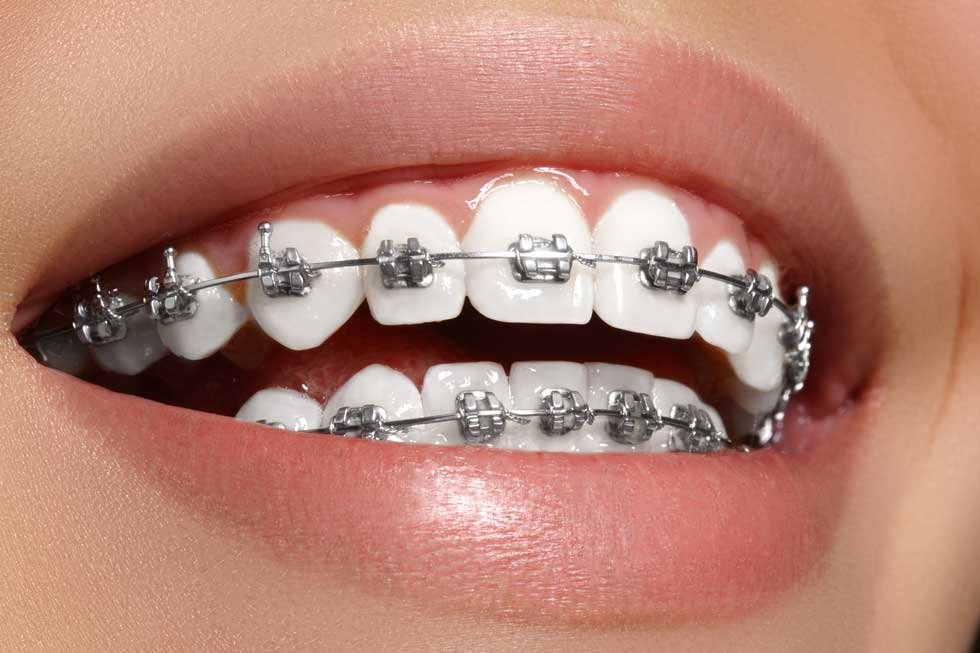
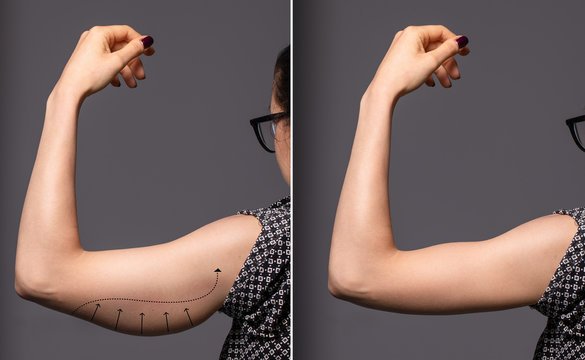
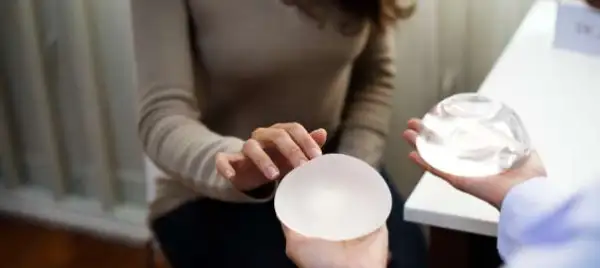
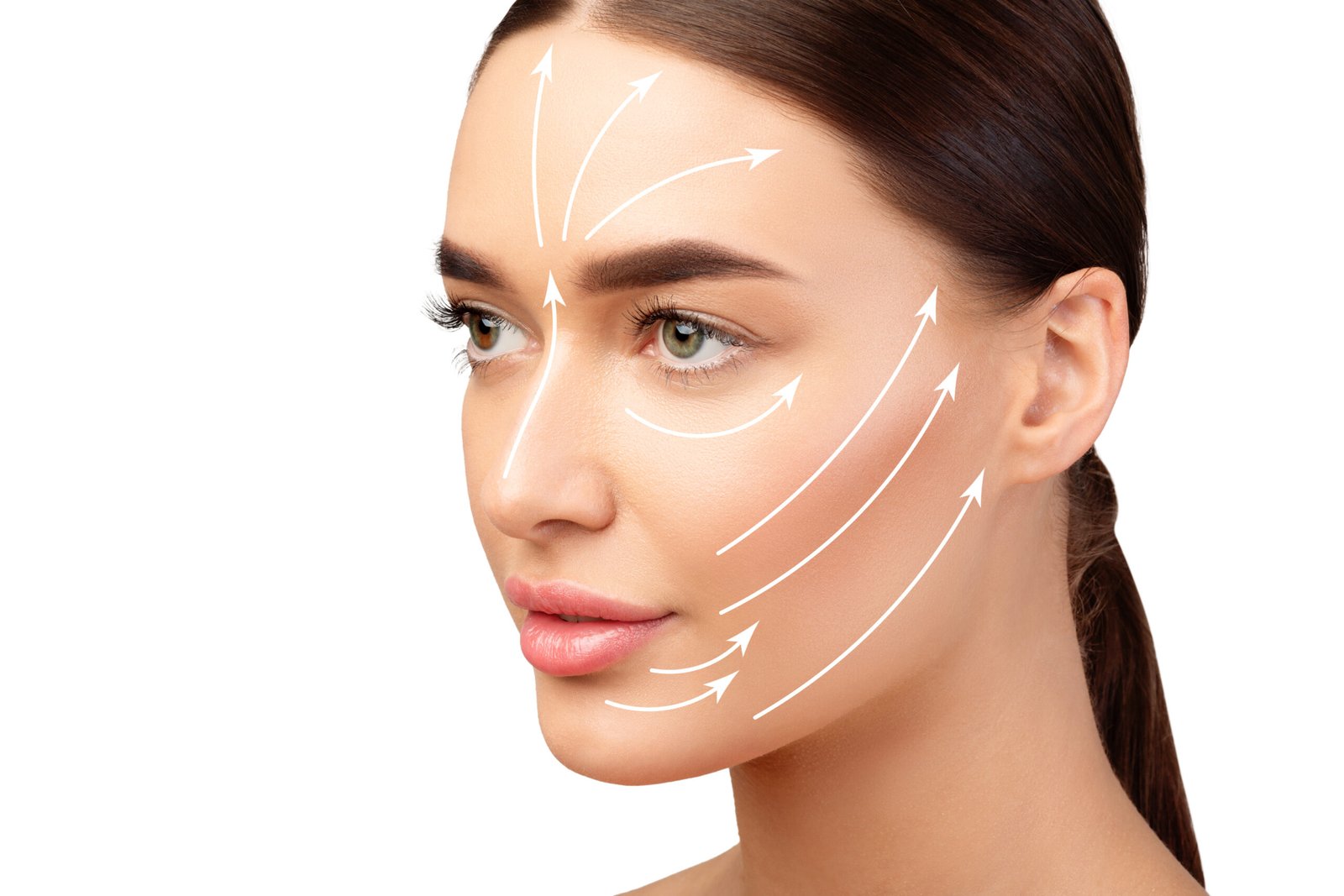
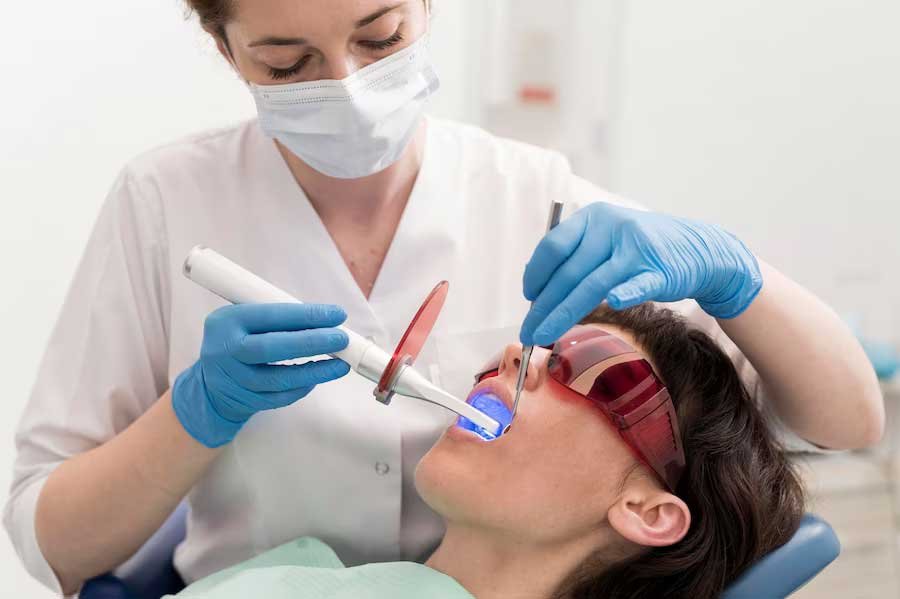


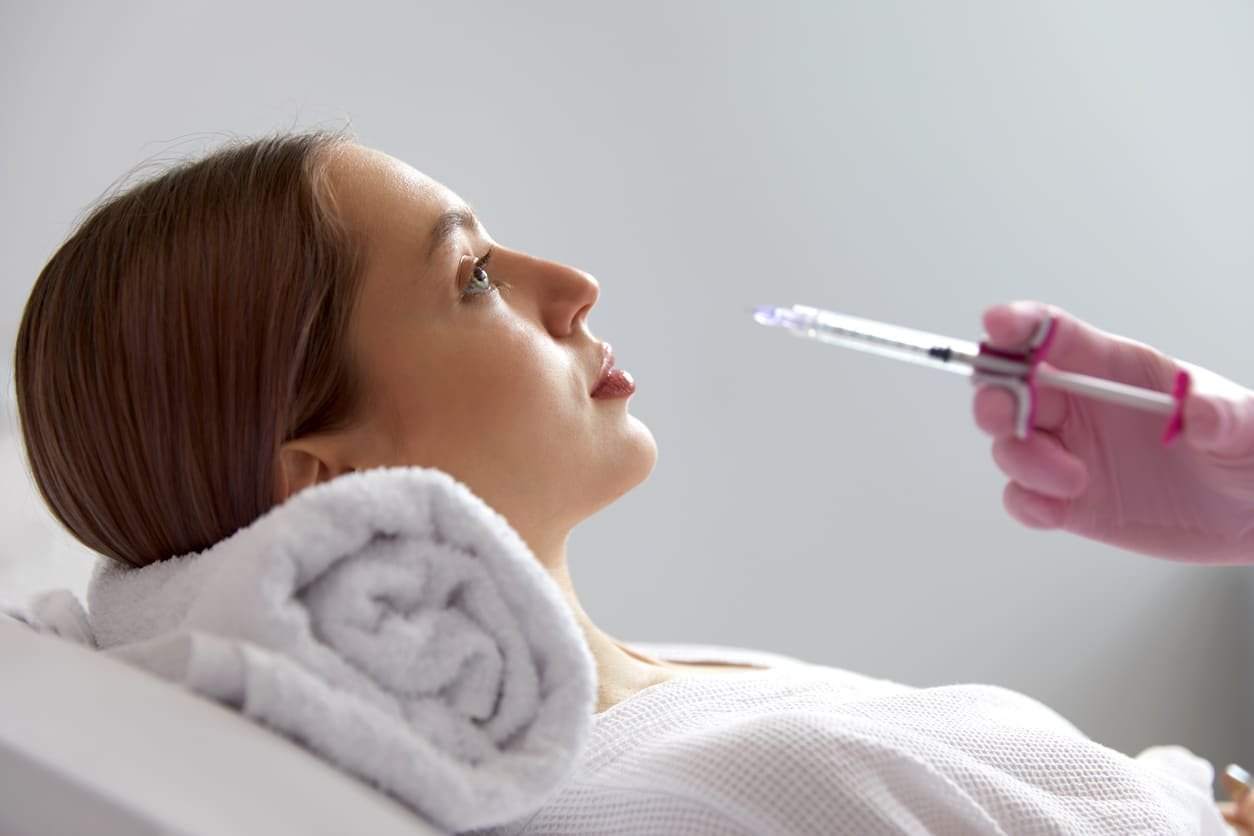





Leave a Reply